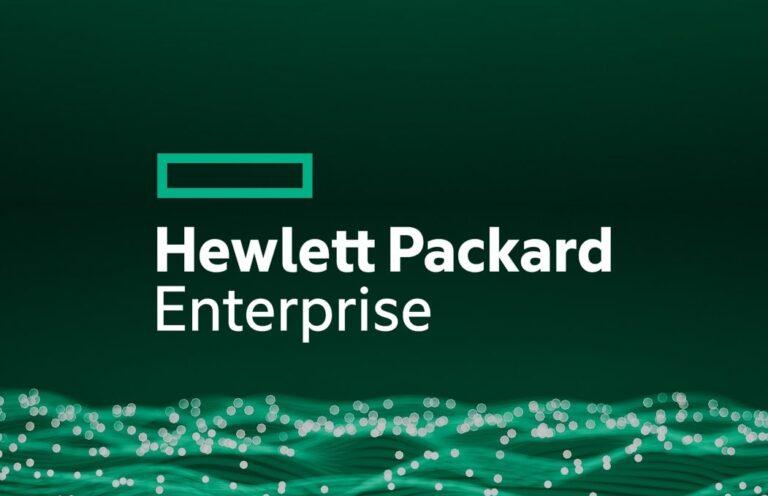After the market crash of 2008, the flow of new storage startups waned. 2011 brought the promise of recovery, but 2012 has been a little disappointing so far. But that doesn’t mean there aren’t some interesting startups out there.
1. Bitcasa
Founded by former Mastercard and Mozy employees and backed by investors such as Horizons Ventures, Pelion Venture Partners, and Andreessen Horowitz, Bitcasa is attempting to redefine how consumers and SMBs store their data. Content isn’t tied to a specific device. Data is encrypted on the client side, and deduplication is used to avoid storing multiple copies. For $10 a month, users can save and access an unlimited volume of pictures, movies, and documents from anywhere. The service is currently in public beta.
“We just closed our $7-million funding round, our user base is growing rapidly, and we are rolling out new features,” said Tony Gauda, co-founder and CEO of Bitcasa. “We are approaching 5 petabytes of data stored by our users and that number is growing because once they realize they can store as much data as they want, they go ahead and store it.”
2. Zadara
Build around a team of ex-LSI engineers, Zadara Storage provides Zadara Virtual Private Storage Arrays (VPSA). They are said to combine software with commodity hardware to create private cloud storage. While it is a shared environment, each user’s dedicated resources are isolated from other users of that cloud. The idea is to ensure privacy and also to guarantee performance. Virtual Controllers manage and present storage via iSCSI.
The company recently partnered with Sanbolic to deliver an enterprise application high availability service to cloud providers such as Amazon Web Services (AWS) and Rackspace.VPSAs and Sanbolic’s Melio data management software work together to extend the availability and scalability of cloud applications.
“Zadara’s VPSA service provides customers with the same capabilities as on-premise enterprise SAN/NAS arrays without the necessity of upfront capital or long-term commitment,” said Nelson Nahum, CEO and co-founder, Zadara Storage.
3. Starboard Storage
Starboard Storage’s executive strata have experience at the likes of Compellent, EMC, HP, LeftHand Networks, LSI and Oracle Sun. The company’s Mixed Application Storage Tiering (MAST) hybrid storage includes SSD, pooling and application optimization as a means of consolidating multiple workloads. The Starboard Storage AC series combines MAST and the Starboard OS to create hybrid storage — both SSD and hard drives are included to provide whatever mix of performance and cost per GB is required. The company received $13 million in Series B funding a couple of months back from JP Ventures GmbH and Grazia Equity GmbH.
“Over 1.5 Petabytes of our AC72s have been sold and installed since the launch a few months ago,” said Victor Walker, chief executive officer, Starboard Storage Systems.
4. Inktank
Ceph is an open source project aimed at decreasing storage costs and improving flexibility by doing away with proprietary storage systems. Its architecture is based on an object storage service that provides a generic, scalable storage platform with a storage backend that provides a simple network block device with thin provisioning and snapshots. It is gaining traction in cloud deployments. Running on commodity hardware, Ceph is in the Linux kernel and is integrated with the OpenStack cloud operating system. It can be used in public or private clouds.
Inktank was founded this year by some of the creators of Ceph, including Sage Weil, cofounder of DreamHost and CEO and Chief Architect of Ceph. It offers professional services and support subscriptions around Ceph. The company just released Argonaut, the first release of Ceph to offer long-term support. As a result, it will receive ongoing bug fixes and stability improvements while the Ceph project continues its work on new features for subsequent releases.
“Ceph is the single most advanced and powerful storage platform available today, but innovation is still occurring at a very fast rate,” said Bryan Bogensberger, president and COO of Inktank. “The Argonaut release allows enterprises, developers, and integrators to approach Ceph with confidence, knowing that they aren’t dealing with a moving target.”
5. Avere Systems
AvereFXT Series Edge NAS harness flash, virtualization and the cloud. Like many startups, it’s all about achieving scalability. The company just closed its C Series funding of $20 million, bringing its total to $52 million. The Series C funding round was led by Lightspeed Venture Partners and also includes previous investors Menlo Ventures, Norwest Venture Partners and Tenaya Capital.
“Avere has been successful in achieving revenue growth based on the fact that its Edge filers deliver superior performance while leveraging existing storage infrastructure in both local and remote access environments,” said Chris Schaepe, founding managing director of Lightspeed Venture Partners.
6. Kaminario
Founded by former EMC, NetApp and IBM staffers, Kaminario pairs SSD with high performance SAN storage. Its K2 family of all solid-state SANs was built from the ground up to take advantage of flash. Using x86 commodity hardware, it provides tens of GBs of throughput and millions of IOPS.
One customer, environmental testing company TestAmerica, deployed a K2 SSD SAN to increase the speed of its Laboratory Information Management System. The K2 is installed in its corporate data center, in a clustered environment with 25 databases running on it. This cut batch-processing time by 50 percent, and the response time by 75 percent.
“We needed faster storage with high IOPS and low latency to alleviate our I/O bottlenecks and also meet our backup, replication and disaster recovery requirements,” said Nick Mahmood, vice president of IT at TestAmerica. “Database operations such as backup and large-scale queries are now much more efficient, thanks mainly to the K2’s ability to handle the increase in IOPS.”
(Would-Be) 7. Whamcloud
To show you just how hot some of these startups can be, Whamcloud came to our attention as showing real promise. And before this story could go online, Intel up and acquired it.
“The Whamcloud acquisition extends Intel’s software and service portfolio in the high performance computing space in addition to reinforcing Intel’s position in the open source community,” said Brent Gorda, former CEO of Whamcloud and now general manager of the High Performance Data Division of Intel. “We are now in a stronger position to advance our mutual goals and continue providing vendor neutral solutions, delivering greater value to our customers, and moving the industry to exascale performance.”
Whamcloud works closely with the Lustre community and OpenSFS, the North American Lustre community group, to scope projects that improve Lustre. The company also delivers Lustre training in multiple locations. As it is open source, the Lustre community leverages new developments as they become available. Whamcloud has been addressing some of Lustre’s shortcomings including ease-of-use in order to broaden market appeal.






